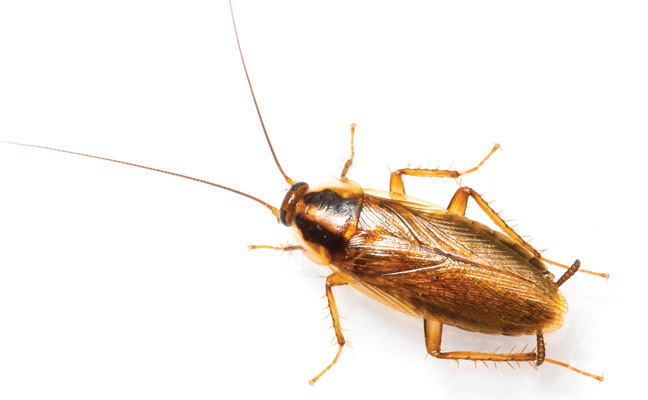
PHOTO: 7TH SON STUDIO/SHUTTERSTOCK.COM
Cockroaches may not have grabbed headlines recently like spotted lanternflies, ticks and stink bugs, but they remain a “core” pest group for pest management professionals (PMPs). Successful cockroach management will provide PMPs reliable revenues, a solid service reputation and an opportunity for company growth.
Cockroach management can be broken down into the following core functions.
Identification and Monitoring: Positive identification of cockroaches by species is fundamental to a management plan. Positive identification leads the PMP to the exact biology and behavior of their target pest so that the correct action to identify resources and harborages will lead to the execution of an integrated pest management (IPM) plan. Do not rely on occupants, residents or customers to provide the identification. Thorough inspections and monitoring will provide the specimens for identification, as well as contribute to the ongoing evaluation of population conditions, introductory activity and management results. Continual monitoring provides valuable activity data.
Non-chemical Controls: Killing cockroaches with insecticides is gratifying, but is almost always a short-term solution. Act as an experienced diagnostician, providing the customer with observations and recommendations for cultural (sanitation, storage management, operational practices), mechanical (harborage elimination and exclusion, water source management, landscape management), and physical (site exclusion, trapping, removal with PMP-rated vacuum cleaners) control efforts. These actions require effective communication skills that will build a solid partnership between the PMP and the customer. In some cases, PMPs may decide to offer to perform and charge for these services.
Insecticides: If you attend a pest control trade show or read your daily emails, you are inundated with ads and offers for insecticide products. How do you choose what will support your cockroach management plan? Start by interpreting your inspection and monitoring feedback/data. These interpretations will identify entry points/methods, established harborage sites, attractive cockroach resource sites, and infestation-sensitive areas (think of potential food contamination surfaces or sites where cockroach sightings would disrupt operations or cause anxiety). Insecticides, when applied correctly, can provide significant, fast reductions in populations of cockroaches in harborage and on treated sites.
There are many variables in choosing an insecticide, including formulations, active ingredient chemistry, potential of resistance in the resident population, residual performance and cost. Start your evaluation by reading the product label. Label compliance is required by law, regardless of the infestation level or sensitivity of the account. Cockroaches listed as target pests on the label are an indicator that the product will be effective. Look for directions for the sites and application methods you are prepared to use to apply the product. Pay attention to retreatment intervals to measure what residual performance will be provided. Use the signal word and precautionary statements (environmental and non-target hazards) to determine the least-hazardous product/formulation to apply. Ask industry peers for their experiences with products. Attend local and national trade shows where training and exhibits will provide expert advice from distributor, manufacturing, academic and university extension representatives.
Creating and following a comprehensive cockroach management plan will contribute to your success and customer satisfaction.
Leave A Comment